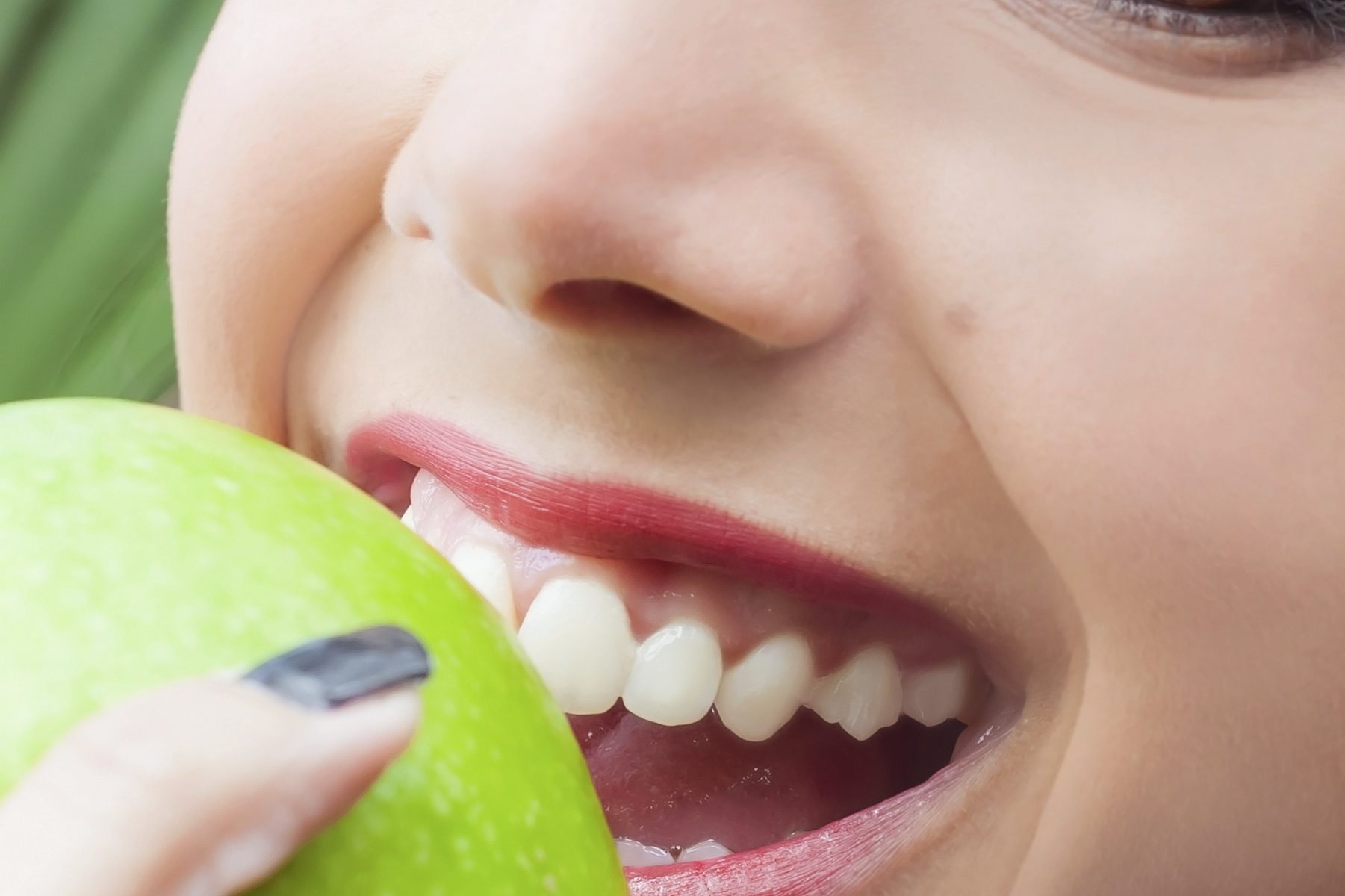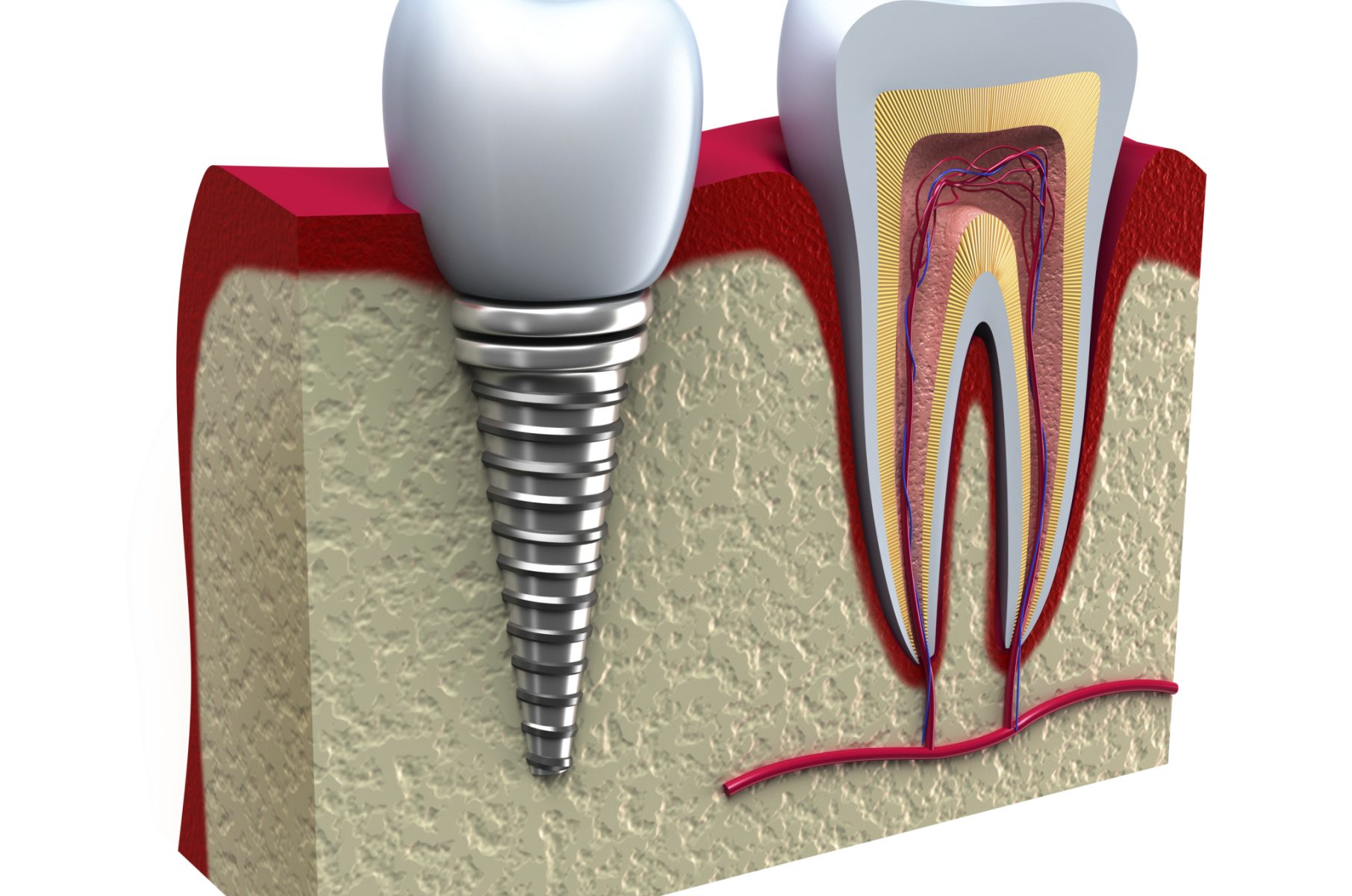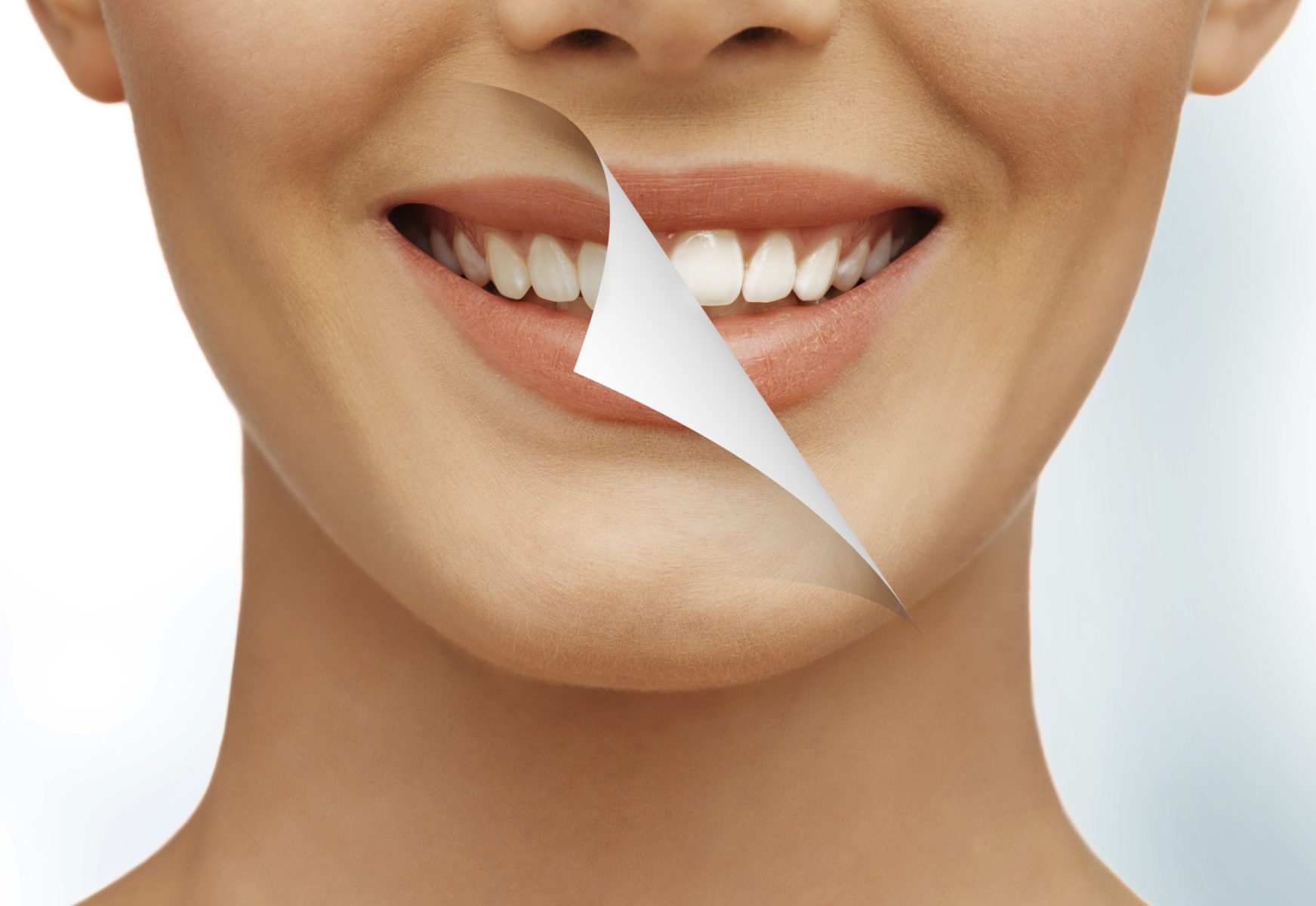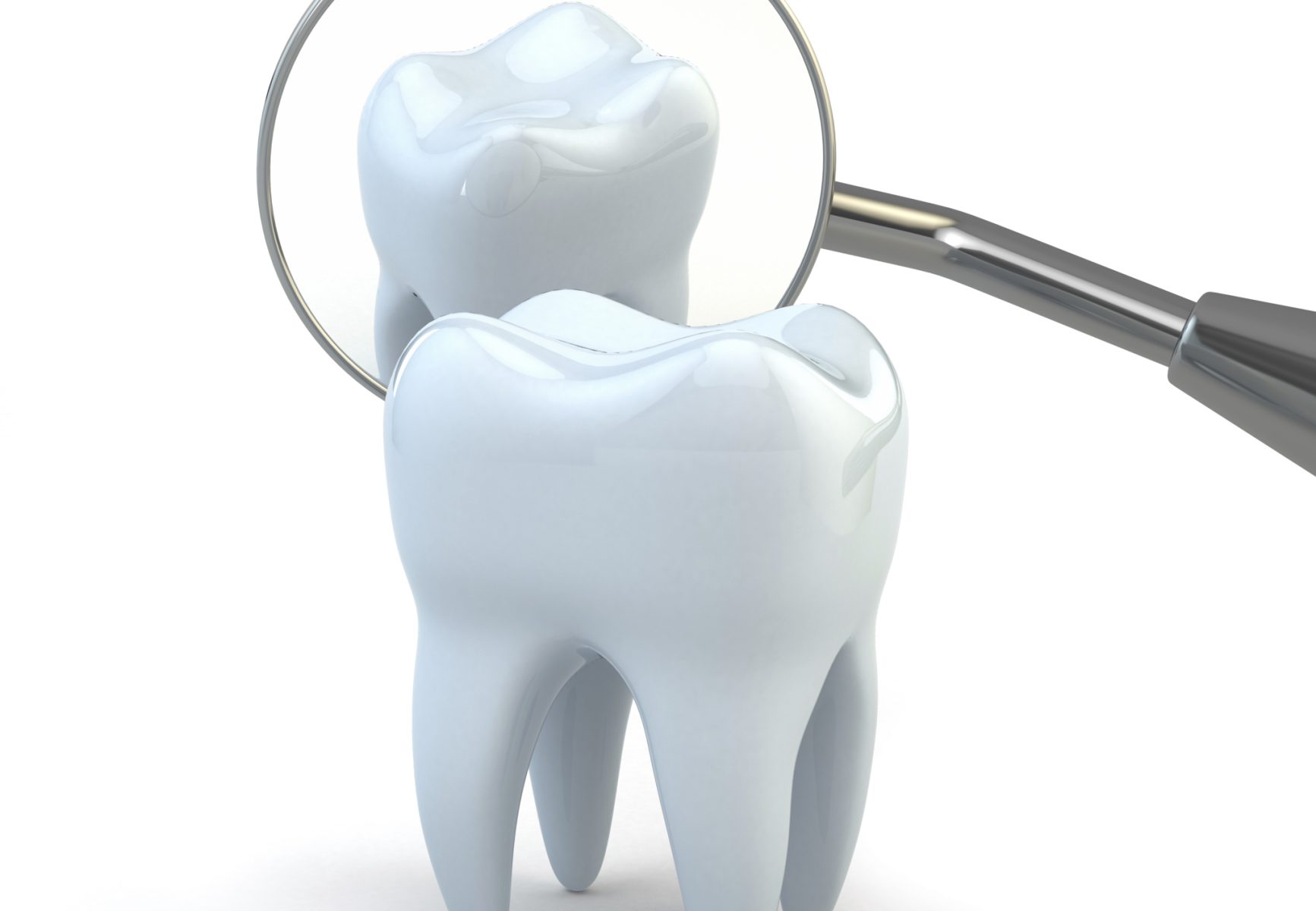Oral health is often perceived as separate from overall health, but the truth is that the condition of your mouth can have a significant impact on the rest of your body. The mouth serves as a gateway to your body, and maintaining oral hygiene is crucial in preventing a host of common diseases. This blog explores the intricate connection between oral health and systemic health, highlighting the importance of regular dental care.
Continue reading “Diseases & Oral Health: The Common Thread | Rancho Santa Margarita Dentist”The Advancement Of Dental Technology | Rancho Santa Margarita Dentist
The understanding and practice of oral care have undergone significant evolution with advancements in technology and scientific research, leading to improved dental treatments, diagnostics, and preventive strategies. Here’s how these advancements have shaped modern oral care:
Continue reading “The Advancement Of Dental Technology | Rancho Santa Margarita Dentist”The World Of Dental Specialties | Rancho Santa Margarita Dentist
Dentistry encompasses various specialized fields that focus on specific aspects of oral health, addressing diverse dental needs and conditions. Here are some of the different specialties of dentistry:
Continue reading “The World Of Dental Specialties | Rancho Santa Margarita Dentist”Tooth Discoloration: What You Need To Know | Rancho Santa Margarita Dentist
Tooth discoloration occurs when the enamel, the outermost layer of the tooth, is stained or damaged. This can happen for several reasons, but improper oral healthcare practices are a common contributor. Poor hygiene allows plaque and tartar to build up, leading to stains and discoloration over time.
Continue reading “Tooth Discoloration: What You Need To Know | Rancho Santa Margarita Dentist”How to Crack a Tooth | Rancho Santa Margarita Dentist
A smile is often considered one of the most powerful expressions, but what happens when that smile is marred by the unexpected – a cracked tooth? The human dentition, while resilient, is not impervious to damage. It’s important to understand the various factors that contribute to the cracking of teeth, shedding light on the silent culprit behind this common dental concern.
Continue reading “How to Crack a Tooth | Rancho Santa Margarita Dentist”Understanding Dental Insurance | Rancho Santa Margarita Dentist
Most dental plans cover routine check-ups, cleanings, and X-rays, while more comprehensive policies may include restorative procedures like fillings, root canals, and even orthodontic treatments. Maintaining optimal oral health is crucial for overall well-being, and dental insurance plays a pivotal role in ensuring access to quality dental care. In this comprehensive guide, we will explore the intricacies of dental insurance, empowering you with knowledge to make informed decisions about your oral health coverage.
Continue reading “Understanding Dental Insurance | Rancho Santa Margarita Dentist”Understanding Prevention, Causes, and Treatment of Cold Sores | Rancho Santa Margarita Dentist
Cold sores, also known as fever blisters, are a common viral infection caused by the herpes simplex virus (HSV). These small, fluid-filled blisters can appear on or around the lips, causing discomfort and self-consciousness.
Continue reading “Understanding Prevention, Causes, and Treatment of Cold Sores | Rancho Santa Margarita Dentist”Dentistry: A Brief History | Rancho Santa Margarita Dentist
Dentistry, an indispensable aspect of healthcare, has a rich and fascinating history that spans centuries. The evolution of dental practices reflects not only advancements in medical knowledge but also cultural shifts and technological progress. These are the milestones and transformations that have shaped the field of dentistry over the past 350 years.
Continue reading “Dentistry: A Brief History | Rancho Santa Margarita Dentist”What To Know About Dental Emergencies | Rancho Santa Margarita Dentist
Dental emergencies can strike at any time, causing pain and anxiety. In this guide, we’ll explore common dental emergencies, their causes, and practical steps for immediate relief. Whether it’s a sudden toothache or a knocked-out tooth, being prepared and informed can make all the difference in managing these situations effectively.
Continue reading “What To Know About Dental Emergencies | Rancho Santa Margarita Dentist”The Truth Behind Common Dental Misconceptions | Rancho Santa Margarita Dentist
Dental hygiene plays a crucial role in maintaining overall health, yet myths and misconceptions often cloud the path to optimal oral care. In this blog post, we will debunk some prevalent dental hygiene myths to help you make informed decisions and achieve a healthier smile.
Continue reading “The Truth Behind Common Dental Misconceptions | Rancho Santa Margarita Dentist”








